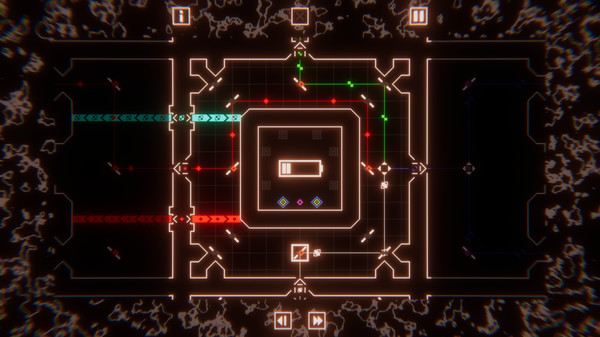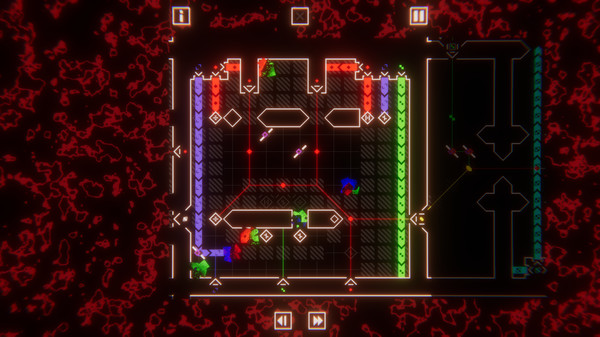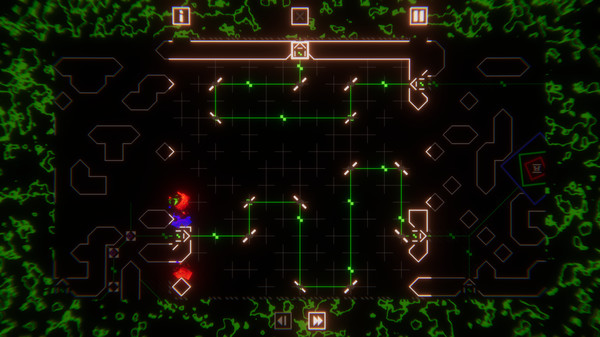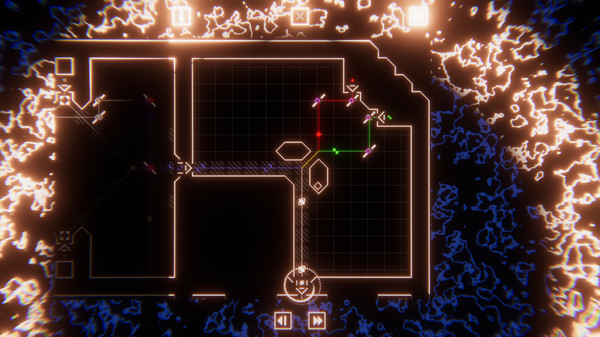SOLAS 128
by Amicable Animal, Armor Games Studios





The Developer Says...
Explore SOLAS 128, a game of interconnected puzzles where you redirect and reconfigure rhythmic pulses of light to breathe life back into an ancient machine. BAFTA Scotland Game Winner.
Keywords
Players Like...
❤ Gameplay Mechanics
The primary gameplay in this puzzle game involves manipulating and redirecting rhythmic pulses of light. Players position and rotate various mirrored components to guide the light beams to their intended destinations. However, the pulses can collide and interact with each other, creating new colored beams and unexpected behaviors. Players must carefully time the intersection of different light pulses, use splitting and merging components to create the required colors, and adapt to the ever-changing environment as new mechanics and challenges arise. This creates a deeply engaging and satisfying puzzling experience, as players must constantly think creatively to overcome the obstacles.
❤ Interconnected Puzzle Design
The game's levels are not isolated challenges, but rather part of a larger, interconnected system. Solving one puzzle may unlock or affect the state of adjacent puzzles, requiring players to consider the overall flow and impact of their actions. This interconnected structure adds a new layer of depth and complexity to the gameplay. Players must not only solve individual puzzles, but also manage and optimize the use of limited resources (such as certain mirrored components) across the larger game world. Many reviewers have praised this aspect, noting that it feels more akin to a "metroidvania-like" experience than a traditional puzzle game, with a sense of continuous progression and discovery.
❤ Accessibility and Colourblind-Friendly Design
The developers have implemented several features to ensure the game is accessible and colourblind-friendly. Each light pulse and component has a unique shape and profile, in addition to the color-coding, allowing players to differentiate and interact with the various elements without relying solely on color. Furthermore, the game provides customizable contrast settings and other accessibility options to further accommodate players with specific needs. This thoughtful design approach has been widely commended by reviewers.
❤ Satisfying Progression and Puzzle Difficulty
The game gradually introduces new mechanics and challenges at a steady pace. The puzzles start relatively simple, allowing players to familiarize themselves with the core concepts, before gradually increasing in complexity. As players progress, the puzzles become more intricate, often requiring the integration of multiple mechanics and the management of resources across interconnected screens. This steady ramp-up in difficulty creates a sense of satisfying progression, with players feeling a genuine sense of accomplishment when they overcome particularly challenging obstacles.
❤ Immersive Audiovisual Design
The game's minimalist, neon-infused aesthetic, paired with a captivating synthwave soundtrack, create a distinct and immersive atmosphere. The pulsing rhythms of the light beams are perfectly synchronized with the music, creating a mesmerizing and cohesive sensory experience. Reviewers have praised the way the audiovisual elements complement the puzzle-solving gameplay, and the ability to customize the presentation to personal preferences further enhances the overall experience.
You Might Also Looove...
About | Terms of Service | Privacy Policy
Copyright ©2024 by Totally Human Media
